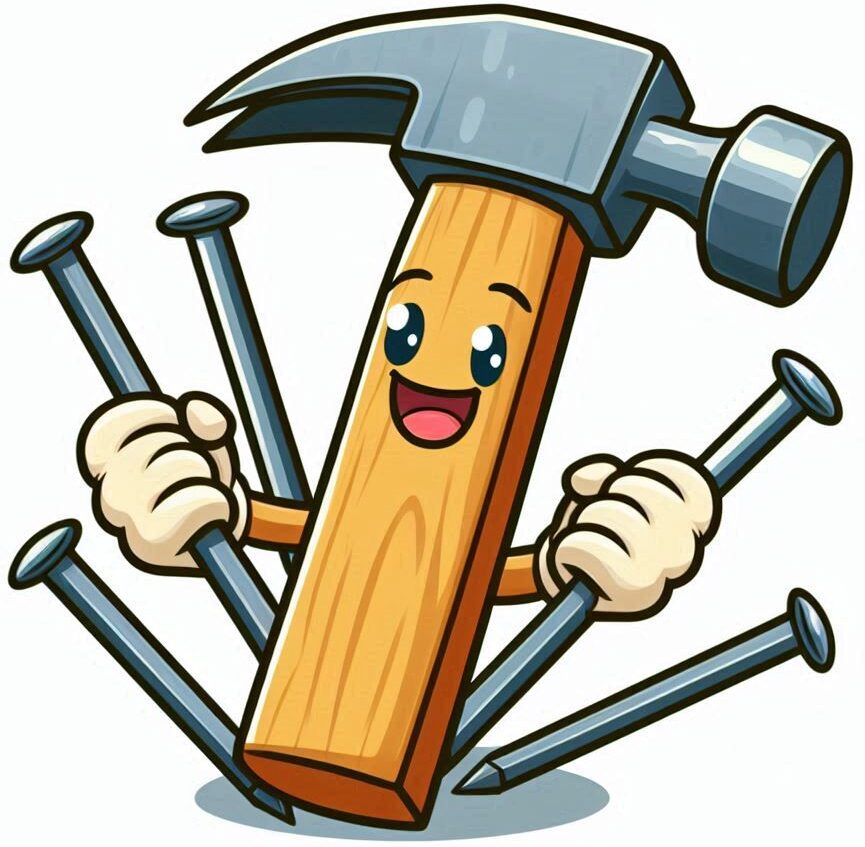Circular saws can feel a little intimidating at first glance, but once you’ve got the hang of them, they’re super handy tools. Grasping what makes these saws tick starts with a closer look at their main components: the blade, motor, and the all-important guard that keeps things safe. Each of these plays a crucial role in how smoothly you can cut through your wood projects.

Why go for a circular saw, especially if you’re just starting out? Well, they bring power, mobility, and precision — all rolled into one. You don’t have to wrestle with a big stationary tool while getting to know the ropes, plus they save tons of cutting time. It’s like moving from a flip phone to the latest smartphone — it’s pretty awesome once you get used to it!
Safety is golden when we’re talking tools like circular saws. Before you even think about powering up, gearing up with safety glasses and ear protection is a must. Trust me, you don’t want to skip this step. Also, know where the blade will come out; it’s all about keeping those fingers intact. A clean workspace free of sawdust and obstructions is key to avoiding mishaps.
Throughout this guide, I’ll be walking you through every step and sharing tips and tricks to get you cutting like a pro. Whether it’s your first time holding this beast or you’re just brushing up on your skills, the goal here is to make you comfortable handling a circular saw safely and effectively. Ready to tackle your saw with confidence? Let’s dive in!
Getting Started: How to Use a Circular Saw for the First Time
Let’s jump right into setting up your circular saw for its debut performance. Choosing the right blade is your first task – different blades suit different jobs, with some tailored for ripping through wood, and others perfect for fine cuts. Get familiar with swapping blades safely, as this skill is a real timesaver.
Connecting your saw to power sounds basic, but it isn’t just flipping a switch. Make sure the cord is out of harm’s way to avoid any snags mid-cut. Lay your material on a sturdy surface – both rigid and reliable – since a wobbly base lead to shaky, inaccurate cuts and can be unsafe.
Bring your saw’s base plate into action by adjusting it for both depth and angle based on your project. You’re aiming for precision here. Line up the saw’s guide notch with where you need to cut. Hold the saw firmly with one hand on the main handle, the other steadying the front. Keep your eyes on the blade and your hands at a safe distance.
Execute your first cut by applying steady pressure while letting the saw do its thing at its own pace. No forceful pushes! This is where you practice patience; control is better than speed. Listen to the saw’s motor – a smooth sound means all’s well, while struggling noises might be a cue to back off and reassess.
By walking through these steps, you’ll confidently tackle your first project with a circular saw. Precision and patience are the names of the game, building a solid foundation for your woodworking journey.
As an Amazon Associate, I earn from qualifying purchases.
Should Beginners Use a Circular Saw? Insights and Recommendations
Thinking about picking a circular saw as your tool of choice? It’s worth weighing up what this powerful tool brings to the table versus its more beginner-friendly cousins. Circular saws offer incredible versatility and speed, making them a solid choice if your project list includes cutting large sheets of wood or tackling various types of projects. However, it’s crucial to be aware of the learning curve and potential safety concerns that come with it.
- If you’re stepping into woodworking with no prior saw experience, you might wonder if diving in with a circular saw is a good idea. Skill evaluation is key here. If you’re comfortable handling gadgets and picking up new skills quickly, a circular saw can be a game-changer. But remember, confidence should never outrun your skill level.
- Stacking up the pros and cons of a circular saw against tools like jigsaws or handsaws helps to map out your path forward. While jigsaws offer more control and are generally quieter, circular saws cut more cleanly and quickly. Handsaws are a workout but offer control, letting you get a feel for wood in a way only manual tools can.
- Safety practices come first, often being the decisive factor for beginners. Always keep a keen eye on your tool’s instructions, respecting its power and purpose. Some experienced eyes advising you on your first cuts could make all the difference. It’s like riding a bike with training wheels—having a little guidance can provide security.
For those starting their adventure, expert recommendations lean towards starting with simple cuts and smaller projects. This builds familiarity before moving onto complex tasks. If in doubt, getting advice from someone seasoned in woodworking before making the leap can build a robust foundation where safety and skill go hand in hand.

Three Essential Guidelines for Safe Circular Saw Usage
When it comes to using a circular saw, staying safe starts with making sure your workpieces are clamped down tight. A piece that shifts mid-cut is a recipe for disaster, throwing precision and safety to the wind. Always double-check that your material is securely fastened before you pull the trigger.
Finding and maintaining the right stance is another biggie. Keeping your feet steady and spreading your weight evenly lets you control the saw better. Stand to the side rather than directly behind the saw, which keeps you clear of any potential kickback and debris.
Routine checks of your circular saw go a long way in preventing mishaps. Regularly inspect the saw’s base plate and blade guard to ensure they’re in top-notch condition. Tool maintenance keeps everything running smoothly while also preventing safety hazards. Remember, a well-kept saw is a safe saw.
Staying clear on common pitfalls like cutting materials on an unstable platform or ignoring blade conditions helps you dodge trouble. Taking time to think about your next cut, rather than rushing, is always the better choice. Safety and simplicity often go hand in hand in the world of woodworking!
** Here’s a little transparency: Our website contains affiliate links. This means if you click and make a purchase, we may receive a small commission. Don’t worry, there’s no extra cost to you. It’s a simple way you can support our mission to bring you quality content.**
Comprehensive Checklist and Maintenance for Your Circular Saw
Setting yourself up for success with power tools begins with a rock-solid checklist. Before even plugging in your circular saw, ensure these vital checks: blade tightness, power cord integrity, and safety guard functionality. These preliminary steps anchor a secure setup, preventing common mishaps right out of the gate.
- Once your saw’s seen some action, putting it to rest demands its own routine. After each use, a quick cleanup of sawdust and debris guards against any buildup that might negatively affect performance. Assessing the blade for wear and tear is critical, replacing it if it’s seen better days. Keeping your saw in peak condition is about attention to these details.
- Routine maintenance extends a tool’s life and maintains its reliability. Lubricating moving parts can prevent long-term wear, while occasionally checking electrical components wards off unwanted surprises. Establishing a maintenance habit, either monthly or after a set number of hours in use, optimizes performance and keeps safety features functioning as designed.
- Recognizing when your circular saw’s blade is due for change helps avoid wobbly cuts and potential accidents. Observe cuts for any signs of resistance or burning — these are clear signals that the blade needs attention. A sharp blade not only means precise cuts but also smooth operations.
- Proper storage guarantees your circular saw stays in fighting shape between projects. Keep it in a dry, protected area away from potential damage. Covering it with a cloth helps ward off dust and humidity. A little love goes a long way in preserving both your tool and your peace of mind.
Happy building!
Interested in starting a business in woodworking?
Or maybe even an internet business!




